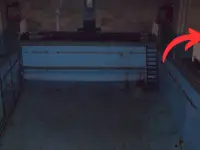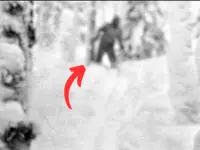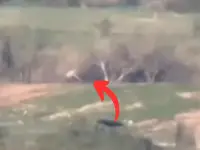Scandinavian folklore is rich with tales of mysterious creatures that have both fascinated and terrified people for countless generations. Many of the myths of Scandinavia were used as a means to explain the mysteries of the land that the native people lived in, with monsters, demons, giants and evil spirits representing the strange and the unknown. From a giant wolf to a mysterious spirit of the Black Death, listed below are ten creepy creatures from Scandinavian folklore.
10. Mylings
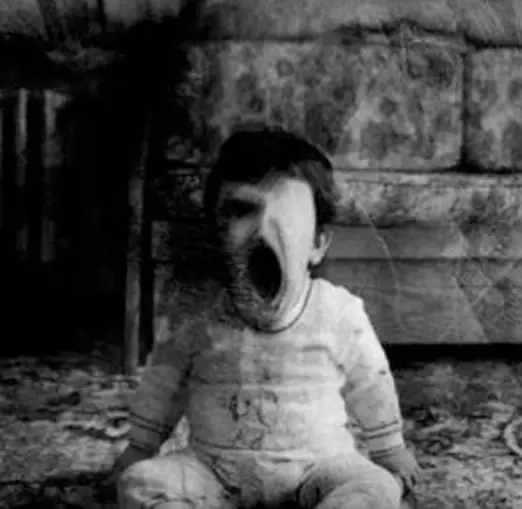
During early Swedish history, it wasn’t uncommon for unwanted infants to be put to death by their parents. This may sound brutal and heartless, but for many parents it was a matter of not being able to afford another mouth to feed. Other infants found their way to an early grave because they were conceived out of wedlock, or they were the result of adultery, both circumstances being extremely taboo in Swedish culture. The mothers of these unwanted children would often leave their babies deep in the forest where they wouldn’t be found.
Because they weren’t baptized, it was thought that these children wandered the forests, streams and hollows where they were left, waiting for unwary travelers to pass by. When they encountered these travelers, Mylings would jump on the victim’s back, wailing and crying to such an extent that it could drive the victim insane.
It also wasn’t uncommon for Mylings to drive their victims into the nearest burial ground. Once there, the Myling would demand that their victim dig a grave and then give them a proper burial, something that they hadn’t received while living. If the victim was unsuccessful in providing an appropriate resting place, the Myling would attack the individual and kill them in a blind fury.
9. The Dokkalfar
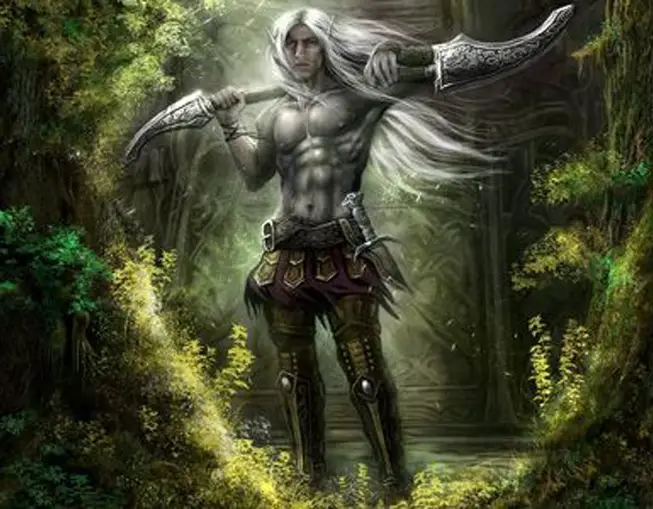
The Dokkalfar (dark elves) of Norse mythology are considered to be some of the most frightening creatures of Scandinavian folklore. Described as having bright glowing red eyes, pale white skin and wearing steel grey armor, they were first mentioned by Snorri Sturluson in his 12th century collection of Norse poetry called The Edda. It was believed that the Dokkalfar lived in caves and other underground dwellings, as well as the deep forests where the sunlight rarely reached the ground. They were also known to reside in forgotten locations that were rumored to be haunted or cursed.
The Dokkalfar have been blamed for a wide variety of human ailments and calamities. By the 17th century, when Christianity took a firm hold in the area, dark elves were considered to be at fault for everything from diseased livestock to lightning strikes. In particular, the Dokkalfar were thought to bring about sudden paralysis in people, an affliction that came to be known as an elf-stroke.
Even bad dreams were blamed on the Dokkalfar. It was thought that when a person was having a bad dream, a dark elf was sitting on their chest, causing the bad dream to occur.
8. Níðhöggr
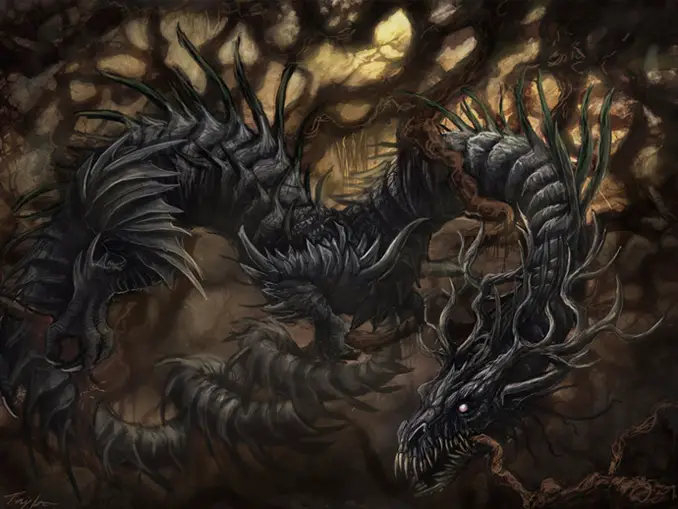
Also known as the malice-striker, Níðhöggr is a terrible serpentine creature that rests beneath the world tree Yggdrasil, chewing at its roots. As a devourer, Níðhöggr’s sole intention is the destruction of the tree that contains and holds the Nine Worlds of the universe. With the destruction of the tree, the whole of the universe would fall back into chaos.
Due to his desire for chaos, Níðhöggr played a prominent role in Ragnarok, the Doom of the Gods. In the Voluspa, a prominent poem from the Poetic Edda, Níðhöggr arises from beneath Yggdrasil to lend his aid during Ragnarok, resulting in the downfall of the Gods that represent order within chaos.
Níðhöggr also rules over Náströnd, a portion of the underworld also known as “The Shore of Corpses”. This is where adulterers, murderers, liars and other violent or deceitful criminals go after they’ve died and where Níðhöggr waits to feed on their corpses. His favorite corpses are those of fallen warriors who because of their acts of cowardice or oath-breaking are denied entry into Valhalla, the heavenly realm where brave warriors go after falling bravely in battle.
7. Pesta
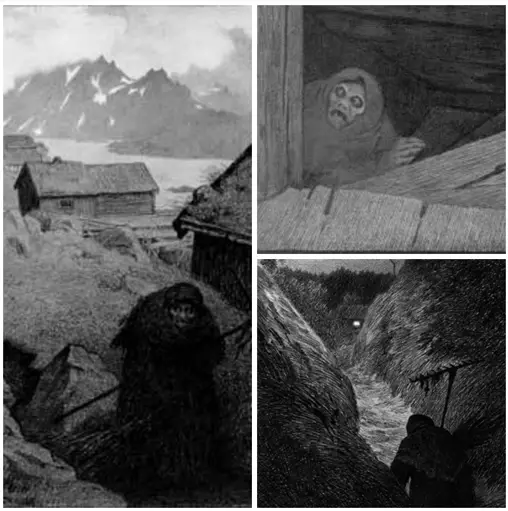
Scandinavia was devastated by the plague, with Norway losing around half of its population and Denmark losing approximately a third. People were so distraught, never knowing where the plague would strike next; that they soon began to apply sentient characteristics to the disease and Pesta was born.
Pesta is the personification of the Black Death. She assumed the form of a ravaged, frightening old woman, dressed in black rags and carrying a rake and a broom. Villagers believed that Pesta journeyed from house to house, spreading the Black Death. If she was spotted carrying her broom, it meant that everyone in the house would be swept away by the plague and all in the household would die. If she was seen carrying her rake, it meant that some would slip through Death’s fingers and survive.
One story tells of a ferryman who upon arriving to pick up his fare, found that it was Pesta whom he would be carrying across the river. Realizing that his fate resided in her hands, the ferryman asked her to spare him from the plague. Pesta replied that she would not, but she told him that because of his kindness, she would make sure that he had a painless death. That night, the ferryman went home and into his bed, where he fell into a deep sleep that he never awoke from.
6. The Draugr
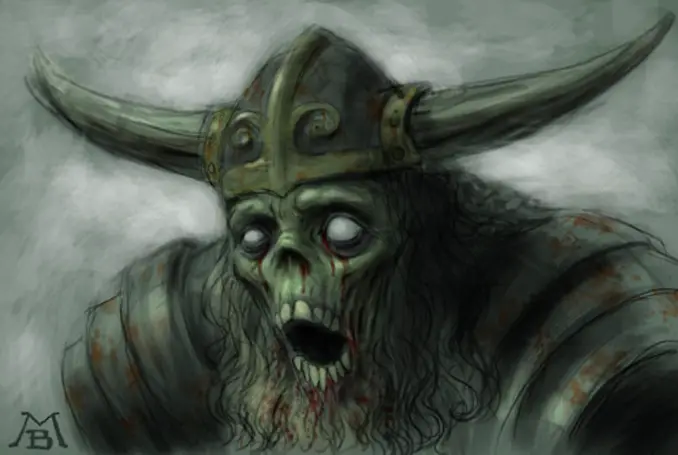
The Draugr are extraordinarily strong undead creatures who retain at least some of their intellect even after they’ve died. They reside in or near their burial sites, often guarding the burial goods left for them by their loved ones.
In Norse mythology, it’s thought that the creation of a Draugr can occur due to a curse placed on the individual or because the person has a very strong will and just refuses to die. The Draugr are known for their violence and exist to torment the living, particularly those that may have wronged the Draugr while they were living. The Draugr will even appear to their enemy’s livestock, taking on a rotting appearance before chasing the animals until they have literally been run to death.
If an undead creature of frightening appearance and size isn’t enough, the Draugr are also thought to have uncanny magical abilities. They can shape-shift into other forms, such as a bull or a horse, but the forms that they take are all damaged in some way, usually with missing or broken limbs or appendages. One of their favorite forms is that of a cat. Once they’ve assumed this appearance, they make their way to their chosen victim. When this individual has gone to bed and fallen asleep, the Draugr will sit on their chest, increasing their weight until their victim can no longer breathe, resulting in their death.
Even though the Draugr may cheat death, animating their bodies in order to terrorize the living, it’s only temporary. Their bodies continue to decay, even as the Draugr animate them, until eventually the body becomes too damaged and can no longer be utilized. At this point, the Draugr dies again, this time permanently.
The Norse took careful precautions to prevent dead loved ones from rising as the Draugr. A door was created in the outside wall closest to where a person died so that the corpse wouldn’t have to be carried through the front door. The Norse thought that if a person was carried out through the front door they would remember how to enter the home and terrorize those within it. Some families even went so far as to drive nails into the feet of the departed to keep them from rising.
Continue Reading on Next Page:


